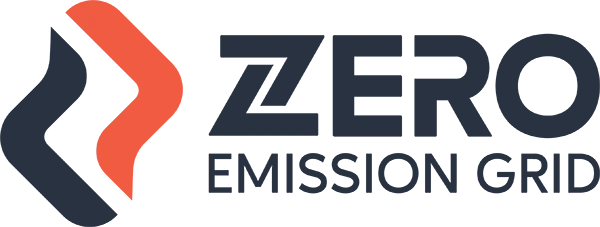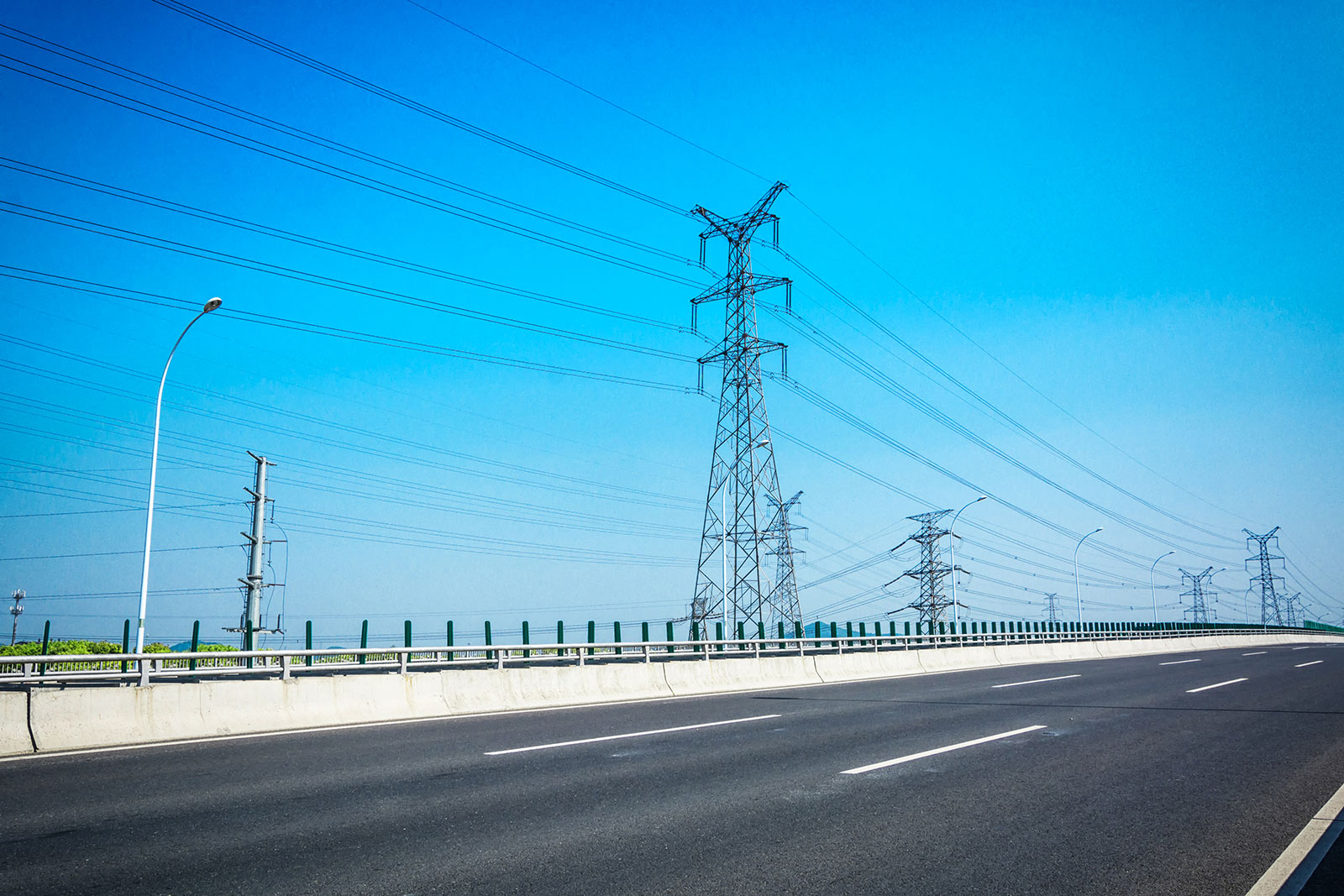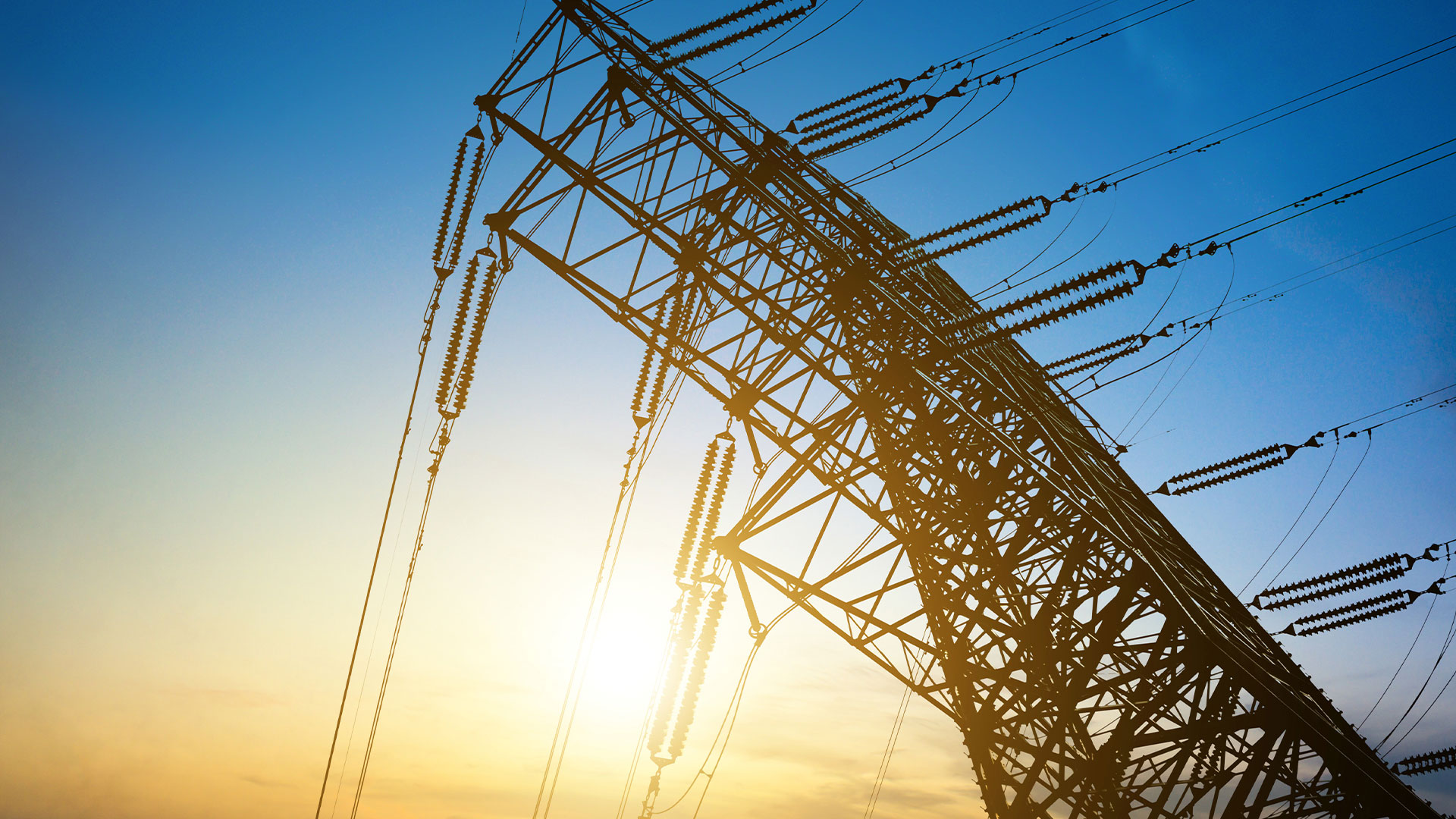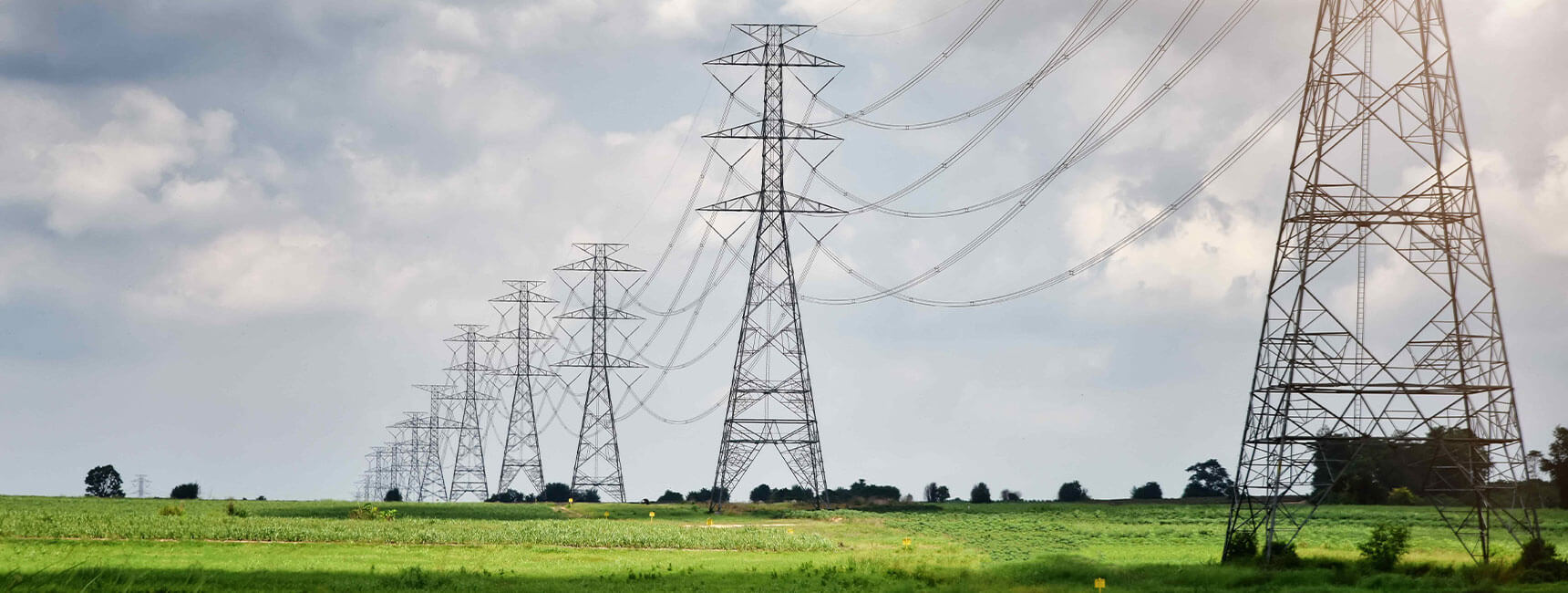The ERCOT Inverter-Based Resource Working Group (IBRWG) meeting on August 9, 2024, provided a thorough update on ongoing initiatives and discussions related to the integration and regulation of inverter-based resources (IBRs). Key topics included updates on grid support capabilities, coordination efforts between working groups, ERCOT’s request for information (RFI) to support single model ESRs, and the latest developments in NERC standards.
Last Update Request
Fred Huang provided a recap of the two presentations delivered in the previous month, focusing on advanced grid support and grid-forming capabilities. These presentations covered functional specifications, a test framework, and an assessment of potential impacts on ERCOT grid stability and reliability from reforming batteries. Fred mentioned that a draft revision request is currently in progress and is expected to be posted at least a week before the September IBRWG meeting, where it will be reviewed and discussed.
SPWG/IBRWG Coordination, Auto-Reclosing Close to IBR Plants
Mark McChesney led a discussion on the action item from the March ROS meeting, which involved developing guidance for adjusting transmission reclosing and sectionalizing schemes to improve IBR ride-through probability. The discussion referenced Oncor’s reclosing philosophy, which aligns with IEEE standard c37.14, and explored various reclosing schemes used by Transmission Service Providers (TSPs). The goal is to coordinate TSP reclose strategies with IBRs to avoid unnecessary trips, particularly considering IEEE 2800 requirements. The discussion highlighted the importance of site-specific evaluations and the need to document coordination guidelines between TSPs and IBRs. There was also a consensus on the necessity of further discussions to refine these guidelines and possibly introduce a rule change.
ERCOT RFI to Support Single Model ESR
Julia Matevosyan clarified a past miscommunication regarding the single model representation of ESRs within ERCOT systems, which will be implemented alongside real-time co-optimization. Joel Koepke provided an overview of the RFI initiated on August 6, which targets resource entities of commissioned or near-commissioned ESRs. The RFI aims to collect information to avoid validation issues during future submissions in the RIOO application. ERCOT plans to transition from a combo model representation to a single model representation of ESRs by Q4 2025, with RIOO being the first application to make this transition. This new representation is expected to streamline the submission process, reduce errors, and consolidate the load and generation aspects of ESRs.
NERC Standards Update PRC-029, PRC-028, PRC-030
Julia Matevosyan provided updates on NERC standards PRC-029, PRC-028, and PRC-030, emphasizing that her interpretation should be cross-checked with the original documents. These standards, driven by FERC Order 901, focus on disturbance monitoring, ride-through requirements, and unexpected event mitigation for IBRs. Julia highlighted the low approval rate for the current drafts, urging participation in the balloting process, which is NERC’s last opportunity to ballot the project using the traditional mechanism. She also discussed the applicability of PRC-029 to IBRs of 20 MVA capacity connected to systems greater than or equal to 60 kV and the potential differences between PRC-029 and IEEE 2800 standards. The discussion included a detailed explanation of the timeline for compliance, with PRC-029 becoming effective 12 months after NERC Board of Trustees adoption, and compliance for smaller IBRs required by January 1, 2027.
NOGRR245 Update
Stephen Solis provided an update on NOGRR245, mentioning that additional work has been done between ERCOT and joint commenters. Comments from this work are expected to be posted by the following Monday, with the R&M committee scheduled to review the NOGRR on August 19, followed by the board on August 20. Stephen also addressed a question regarding how MQT changes tie into NOGRR245, with further discussion on this topic planned for later in the meeting.
RoCoF and Phase Jump Measurement Discussion
Stephen Solis initiated a discussion on RoCoF (Rate of Change of Frequency) and phase angle jump requirements, emphasizing the need for clarity and consistency in measurement methods. The discussion referenced ongoing efforts within IBRWG and NOGRR245 to align rule changes with IEEE 2800 standards. The need for consistent measurement methods and adequate time delays to prevent erroneous triggers was emphasized, with suggestions for using a half-second averaging window to improve the reliability of RoCoF measurements. The discussion also covered phase angle jumps, highlighting the importance of excluding fault events from these measurements and focusing on post-event performance.
Draft DWG Procedure Manual Edits/Comments
Sun Wook from ERCOT transmission planning presented the DWG procedure manual updates, which were developed in collaboration with DWG, IBRWG, and ERCOT since March. The presentation covered responses to comments from Southern Power and Luminant, leading to minor modifications and a one-month extension for review. The discussion emphasized the generation owners’ responsibility to meet ERCOT rules and the benefits of early testing with new IBR curves. Clarification was provided that the DWG manual is for technical guidance and not for defining deadlines or exemptions. Stakeholders were encouraged to review the updated manual and submit comments by August 16, with the final step being the recommendation of the DWG manual for approval at the September ROS meeting.
Other Industry Updates
Julia Matevosyan provided an update on a meeting held on July 30, which discussed OEM readiness for IEEE 2800 by three OEMs. Presentation recordings related to NOGRR245 and inverter capabilities are available, with links provided for a webinar on grid-forming capabilities and a session on interconnection and modeling requirements.



